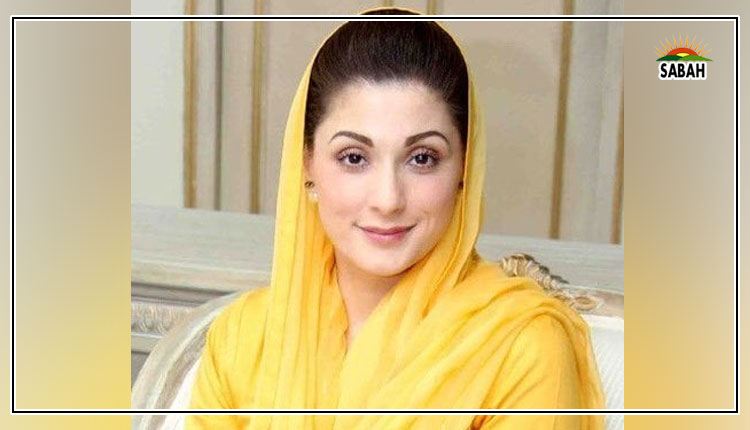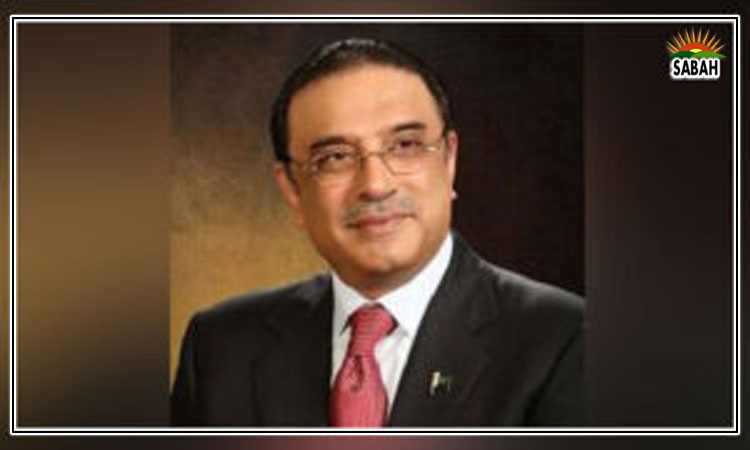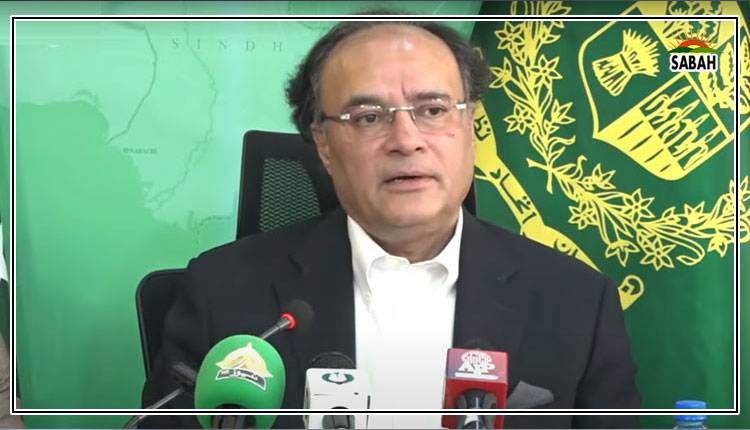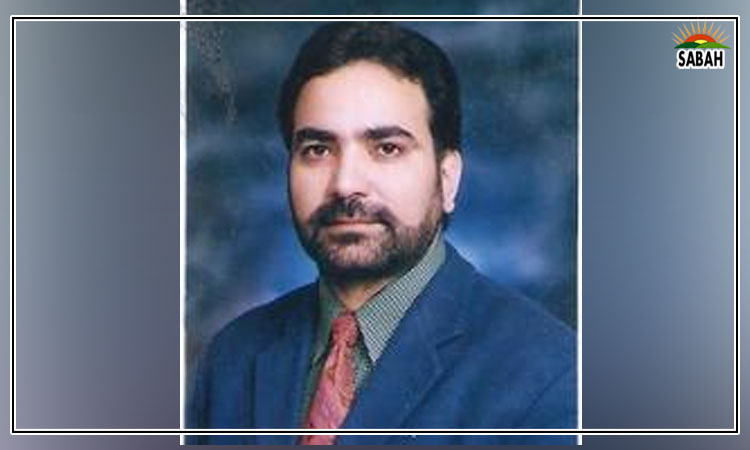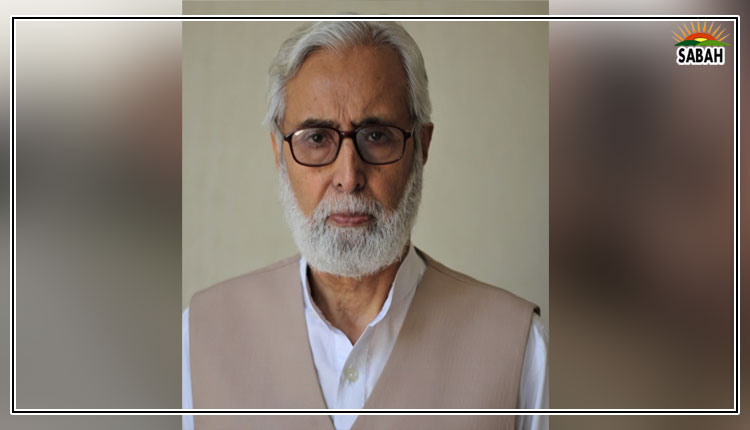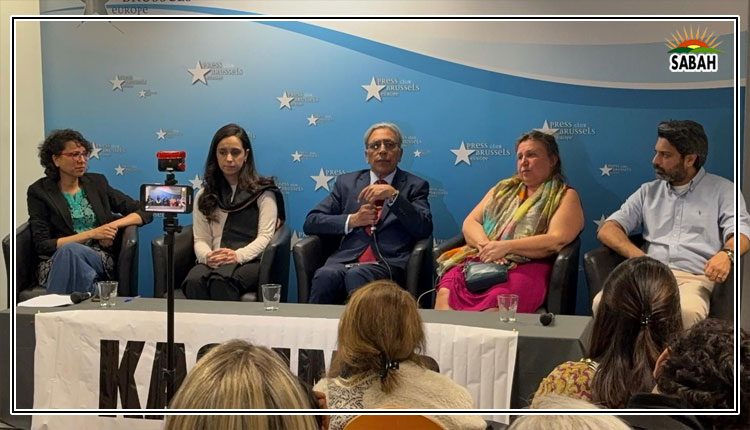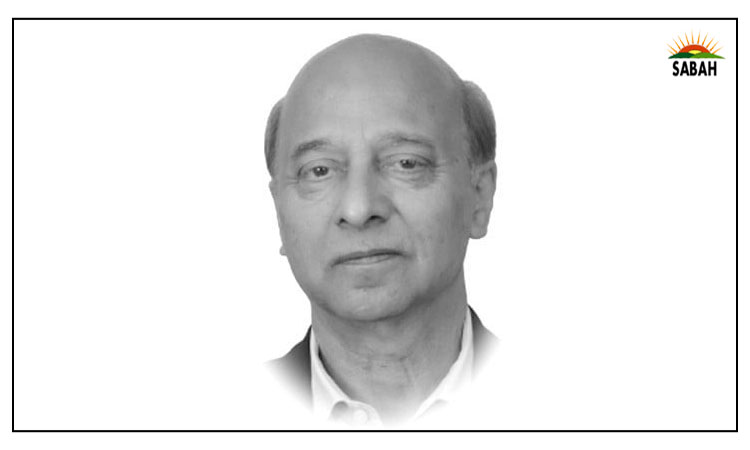Why are the young leaving?….Asiya Riaz
In a recent public opinion survey to gauge whether Pakistanis wish to stay in Pakistan or leave the country, the Pakistan Institute of Development Economics (PIDE) asked survey respondents about their choice to live in Pakistan or leave if given an opportunity and the reason behind making the choice.
The survey results show that 37 per cent of Pakistans population wishes to leave the country and settle abroad. The desire to leave Pakistan is much higher in male youth between the ages of 15 and 24 years as 62 per cent respondents in this category wished to leave the country. The desire to escape Pakistan was also higher in cities where 40 per cent of the population preferred to leave Pakistan while only 36 per cent respondents from the rural areas chose to leave Pakistan if the opportunity presented itself.
The PIDE survey also claims that the desire to live outside of Pakistan is highest in Balochistan where 42 per cent wish to leave Pakistan and lowest in Punjab where 35 per cent wish to leave the country.
Perhaps not surprising that when asked for the key reason behind wishing to move and live overseas, a majority of the respondents identified economic reasons or the possibility of attaining better living standards as their key motivation. However, a sizeable portion or 44 per cent of those who chose the option to move abroad said that gaining more respect was the key driving force behind their wish. What is more surprising is that in Sindh and Balochistan the desire for more respect outweighed the urge for better income as the main reason behind wishing to leave the country.
The breakdown further shows that in Sindh more respondents chose the reason to move out of Pakistan for more or better security. In Khyber Pakhtunkhwa, gender equality and biological basis for identity were major reasons behind the wish to move out of Pakistan.
A somewhat similar survey by Gallup Pakistan in June last year concluded that 26 per cent Pakistanis wished to move abroad as opposed to 70 per cent Pakistanis who felt connected to the country and preferred to live and work in Pakistan. The worrying trend of more and more young Pakistanis wishing to leave Pakistan was also captured by the Gallup Pakistan which had pointed out that young Pakistanis under the age of 30 years had a higher desire to leave Pakistan as opposed to the older population.
The desire to migrate for greener pastures, better education and better opportunities is certainly not new nor is it peculiar to Pakistan. That a large population of young Pakistanis is increasingly preferring to leave Pakistan ought to be of concern. Another alarming aspect is that it is not the need to improve one’s economic future alone that is traditionally behind migration. Respect, security, gender equality and ethnic or biological identity offered as reasons by Pakistanis to emigrate speak volumes on the failings of the country with regard to its people.
Migration is a hard choice to make for humans though it has a centuries-old history. Modern migration is not just the suffering of one society through brain drain and enrichment of another through skill. There is vast literature on the social, cultural and development impact of migration on individuals, households and societies. The boost available to Pakistans economy through remittances from migrant labour is also well-acknowledged.
The effects of migration on human emotions have also shaped magnificent literature and art through societies. Bruno Catalanos Les Voyageurs or The Travellers statues unveiled in 2013 in Marseilles have become a haunting symbol of economic migration and the loss of home and belonging to an individual. The bronze statues show hollowed men with huge portions of body parts missing carrying a briefcase that is both weighing them down and also their only means of support serving as poignant reminders of the individual cost of migration.
To unpack the desire of more young Pakistanis wishing to migrate from Pakistan, the youths growing alienation with Pakistan and its present and future must also be analyzed. Young peoples desire to leave the country also raises serious questions on the malfunction of our society, as of our leaders and governments, on national, social, civic and cultural integration of our diverse youth across Pakistan. It is this continuing failure which is at the heart of the youths disaffection.
In its 2018 Human Development Report, the UNDP had shared some staggering statistics on the availability of basic facilities to the youth of Pakistan to live, grow and prosper painting a rather bleak picture. According to the UNDP report, based on consulting more than 130,000 people across Pakistan of which 90 per cent were youth including from marginalized and underprivileged young communities, if the youth of Pakistan were viewed as 100 people, only seven had access to sports facility while a whopping 93 did not have access to any sports facility. Only six had access to a library and 94 had no library access; only one had a car, 12 had motorcycles, 10 had bicycles and 77 had none of these transportation facilities. There is little evidence to suggest at the end of 2022 that any considerable investment was made to alter these statistics for Pakistans youth.
In the latest PILDAT Voice of Youth Survey conducted from November 22 to December 2, young people wish to see decisive focus and action by Pakistans political parties on managing rising inflation, unemployment and corruption through the 2023 General Election. Their key concerns, following the identification of the above top three issues are: a solution to the issue of lack of availability of quality education and the rising cost of fuel within the country. Disenchanted with political uncertainty and chaos in the country, a whopping majority of 70 per cent of the youth respondents also favoured holding of early general election than the scheduled time towards the end of 2023.
A lot is written and researched on what Pakistan needs to do to take advantage of the demographic dividend, but it is not possible through youth-focused human development. There is also no dearth of information on what young Pakistanis really need from the state. What is needed is policy intent and required bandwidth to address the challenges faced by the youth.
Courtesy The News



